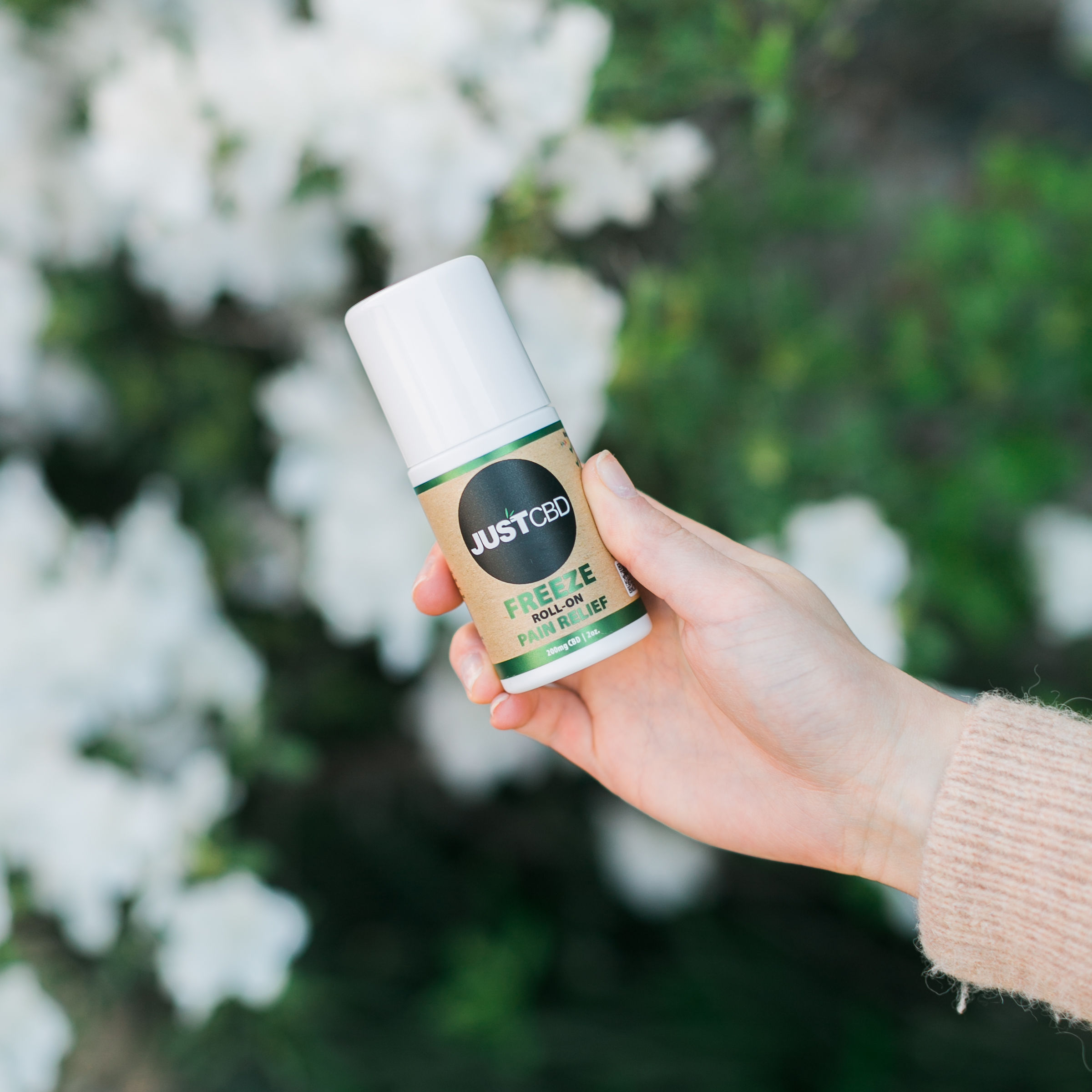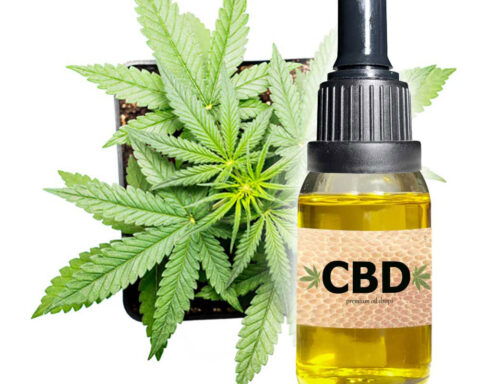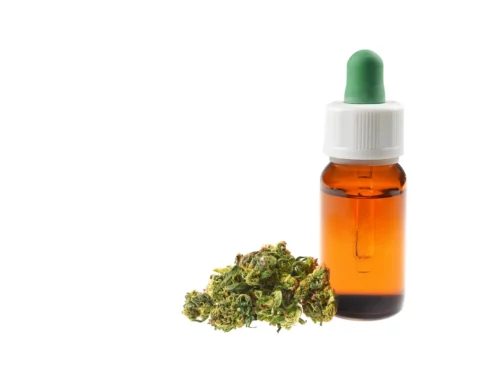Many people take CBD for pain, and knowing a few facts about this is crucial. You could try many CBD deliverable methods and formulations, and there are CBD concerns you need to know. Once an outlawed product, CBD oil has become part of the mainstream, especially since the Farm Bill was passed in 2018, making it federally legal. Many states in the USA have partially or fully legalized CBD, although a few still consider the product illegal. CBD is legal in the states; you can easily have it from shops, supermarkets, stores, and websites. It has never been easier to find CBD oil as it is today. You have nothing to worry about, from gummies to tinctures to vapes to capsules. While some people take CBD for general wellness and recreational purposes, most users have an underlying reason: pain management. There is much you need to know if you are taking CBD pain, and this article acts as your informant, helping you know everything you need to know about CBD and pain.
What Is CBD?
It is an extract from cannabis plants and one of the many active compounds called cannabinoids. There are more than 113 such active compounds, and CBD stands out for its non-psychoactive properties, which means you will not get ‘high’ from taking a CBD product. CBD is extracted from the hemp (or marijuana) plant and then added to a base oil such as MCT coconut or hemp seed oil to make CBD oil.
Types of CBD
The other thing you need to know is the various types of CBD. CBD comes in three different types, depending on the formulation, including;
- Full-spectrum CBD, also called whole-plant hemp CBD, features a whole gamut of cannabinoids, including CBD and the psychoactive THC, and has additional compounds, including terpenes and flavonoids linking it to a full entourage effect.
- Broad-spectrum CBD; has as many compounds as full-spectrum CBD and is linked to a full entourage effect but lacks THC.
- Isolate-based CBD; features 99% CBD without terpenes, flavonoids, or additional cannabinoids.
Choosing the Appropriate CBD Formulation
Much depends on your taste and preferences and what you are looking for in CBD. For instance, many CBD users go for full-spectrum CBD for its entourage effect, earthy taste, and flavor and benefit from the full range of cannabinoids, terpenes, and flavonoids. The same is true for broad-spectrum CBD, although it bests suits people who want the earthy flavor of hemp plants and a full entourage effect but have nothing to do with THC since they undergo drug tests occasionally or for other reasons. Lastly, you can choose CBD isolates if you want pure CBD, are interested in taking larger CBD dosages, or want nothing to do with the earthy flavor or terpenes.
Does CBD Help with Pain?
Currently, there is insufficient evidence to bank on and credit CBD for treating, diagnosing, or healing pain. However, there is every reason to believe that CBD can help improve pain. For instance, Johnson et al. (2013) noted that CBD spays helped patients relieve pain and fatigue. In another study by Langford et al. (2013), CBD seemed to help relieve neuropathic pain in patients with various medical conditions. Earlier on, Johnson et al. (2010) found that CBD could help cancer patients get relief from their pain. While these studies offer promising findings, there is every need to conduct more in-depth studies featuring large populations that make statistically significant inferences before recommending CBD for pain.
How Can You Use CBD for Pain?
The other major concern you might have if you want to try CBD for pain is the form you can enjoy CBD. The cannabinoid has many deliverable methods that you could take advantage of, including;
- Oils and tinctures are CBD extracts in a liquid or oil-based and are administered orally or sublingually for faster absorption, although they may be bitter and earthy.
- Edibles such as gummies and mints are taken orally, and tablets are also available for sublingual administration for increased bioavailability.
- Vapes such as vape pens, tanks, and cartridges are available. They offer faster bioavailability but are risky since one can inhale contaminants and heavy metals when the coils start wearing out in the case of replaceable vape equipment.
- Capsules and softgels containing CBD oil are available and offer a great way for enjoying the cannabinoid while masking the earthy taste of CBD.
- Topicals include many topical CBD products, including shampoos, massage oils, lotions, roll-ons, body sprays, creams, and serums.
- Isolates comprise pure CBD and come as shatters, powders, or distillates.
- CBD drinks and foods include teas, coffees, energy drinks, water, chocolates, and baked products infused with CBD.
Pros of CBD for Pain
If you choose CBD for pain, you might look forward to some relief from the regimen; although you might have to be patient to experience results, depending on the CBD deliverable method, you are trying. That said, the following pros are linked to using CBD for pain;
- You need not get a prescription after the initial one and after fully getting into the CBD mix.
- The cannabinoid is touted as safe and well-tolerated by many.
- Using CBD might leave you feeling a bit uplifted.
- There is a variety of products and formulations to choose from.
Cons of CBD for Pain
Using CBD for pain is not all merry and is linked to the following concerns;
- The long-term safety of CBD oil is yet to be established.
- There is much to be understood about CBD, including how it works.
- The CBD industry is largely unregulated, and you might come across substandard products.
- CBD oil is linked to side effects, including drowsiness, dizziness, and weight loss.
Conclusion
Many people are using CBD for pain, and the article offers a guide that helps you know everything about CBD before trying it. Herein discussed what CBD is, its types and deliverable methods, whether it treats pain, and the pros and cons of using it. Still, consult your doctor before trying any CBD product for pain.
References
Johnson, J. R., Lossignol, D., Burnell-Nugent, M., & Fallon, M. T. (2013). An Open-Label Extension Study To Investigate The Long-Term Safety And Tolerability Of THC/CBD Oromucosal Spray And Oromucosal THC Spray In Patients With Terminal Cancer-Related Pain Refractory To Strong Opioid Analgesics. Journal Of Pain And Symptom Management, 46(2), 207-218.
Johnson, J. R., Burnell-Nugent, M., Lossignol, D., Ganae-Motan, E. D., Potts, R., & Fallon, M. T. (2010). Multicenter, Double-Blind, Randomized, Placebo-Controlled, Parallel-Group Study Of The Efficacy, Safety, And Tolerability Of THC: CBD Extract And THC Extract In Patients With Intractable Cancer-Related Pain. Journal Of Pain And Symptom Management, 39(2), 167-179.
Langford, R. M., Mares, J., Novotna, A., Vachova, M., Novakova, I., Notcutt, W., & Ratcliffe, S. (2013). A Double-Blind, Randomized, Placebo-Controlled, Parallel-Group Study Of THC/CBD Oromucosal Spray In Combination With The Existing Treatment Regimen, In The Relief Of Central Neuropathic Pain In Patients With Multiple Sclerosis. Journal Of Neurology, 260(4), 984-997.
- Is Mushroom Coffee Worth the Hype? An Expert’s Take - April 19, 2024
- Missionary Position – Least Likely To Bring You To Climax - April 7, 2023
- Vibrators could put you in Jail - March 31, 2023









